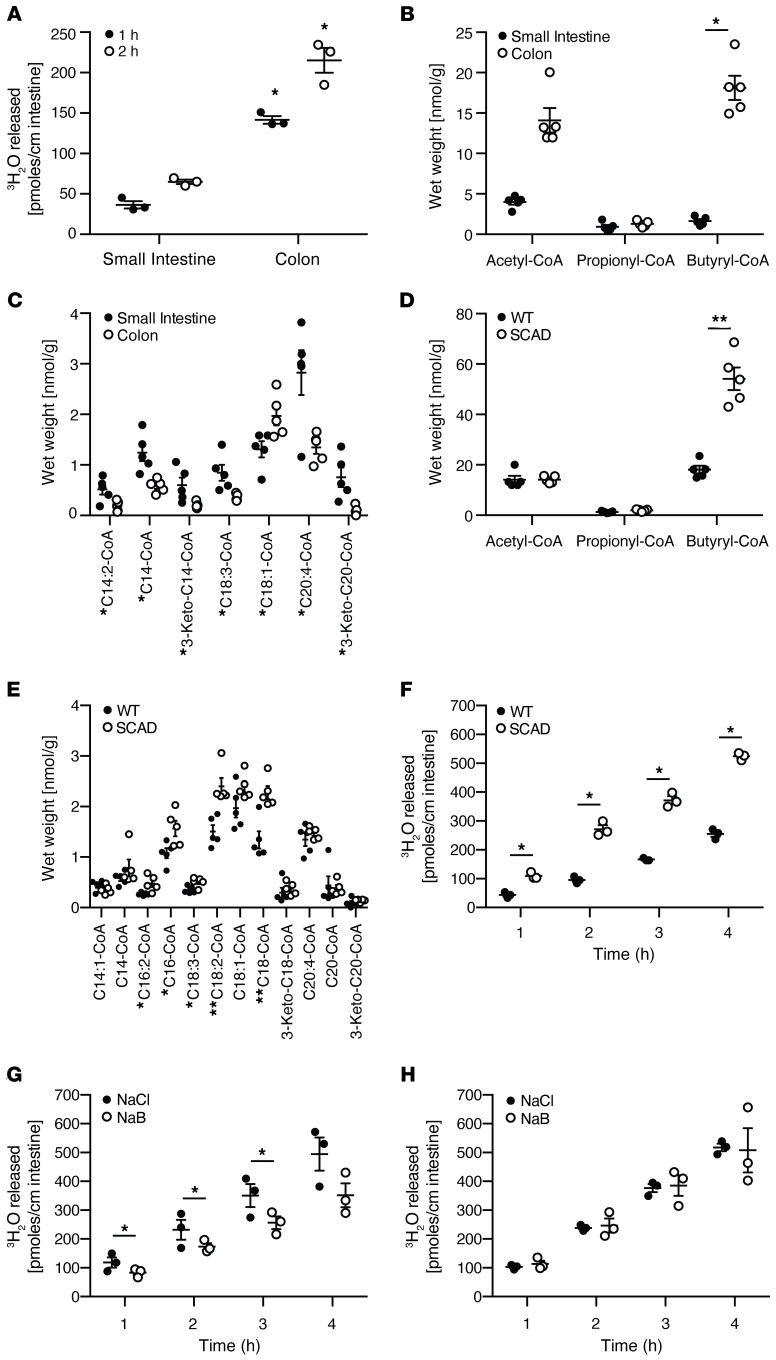Figure 1. The reciprocal relationship between short- and long-chain fatty oxidation by the colonic epithelium.
(A) Quantification of oleic acid oxidation using a tritiated water release assay in inverted colonic and small intestinal mouse explant cultures harvested from mice. n = 3, mean ± SEM, *P < 0.05. Representative results of at least 2–3 independent experiments. (B–E) Quantification of the fatty acid oxidation intermediates, acyl-CoAs, by mass spectrometry in mouse intestinal tissues. (B) Short- and (C) long-chain acyl-CoAs in the small intestine and colon. (D) Short- and (E) long-chain acyl-CoAs in the colon of wild-type versus SCAD-deficient mice. Representative results of at least 3 experiments. n = 5, mean ± SEM, *P < 0.05, **P < 0.01. (F) Quantification of oleic acid oxidation using the tritiated water release assay in colonic explants isolated from wild-type versus SCAD-deficient mice. n = 3, mean ± SEM, *P < 0.05. The assays were repeated in the presence or absence of 10 mM sodium butyrate in using colonic explants isolated from (G) wild-type or (H) SCAD-deficient mice. n = 3, mean ± SEM, *P < 0.05. Representative results of 2 independent experiments. P values represent a 2-tailed Student’s t test and paired-sample t test.

